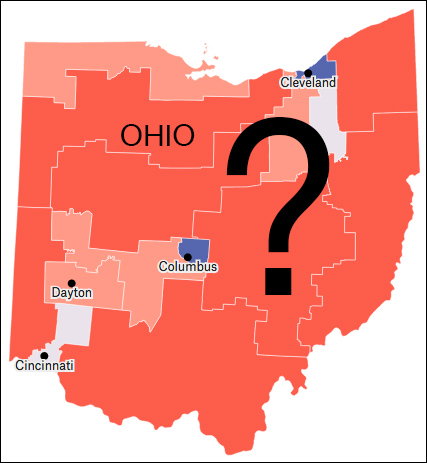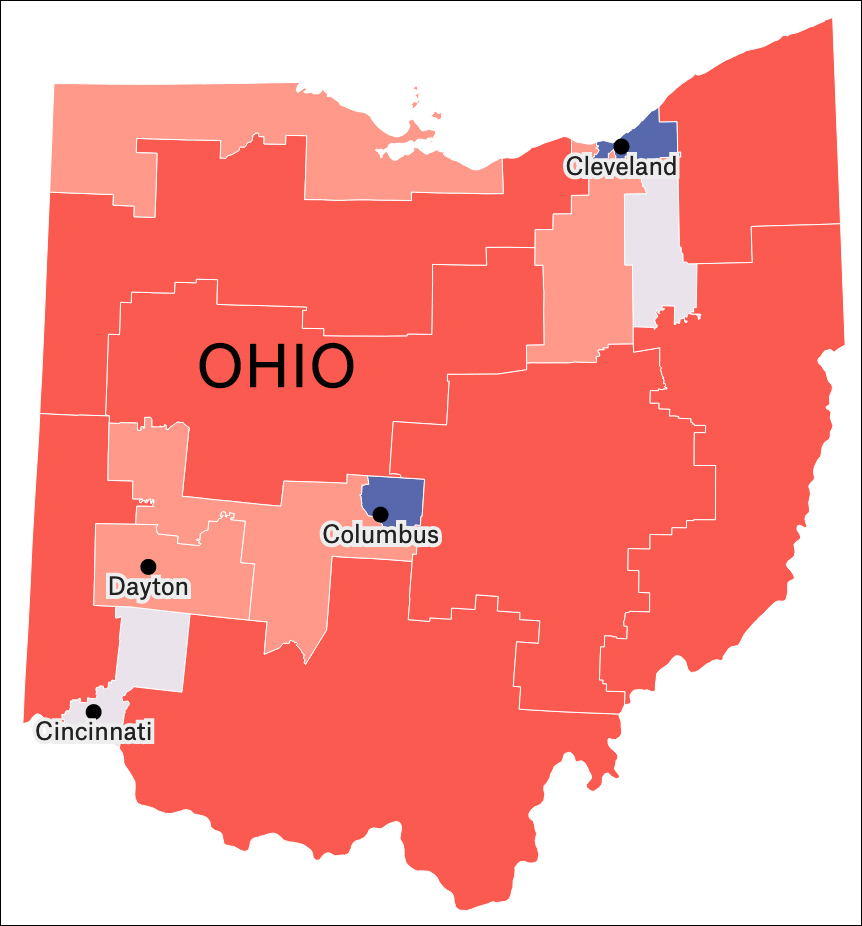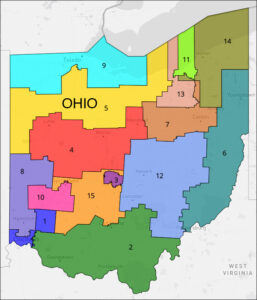By Jim Ellis — July 21, 2022
Primary Results
Maryland: Not So Close — Though polling was suggesting that several close races would be present on the Maryland primary ballot, it appears none materialized Tuesday night. Approximately 40 percent of the Democratic ballots and 20 percent of the GOP’s tallies still remain to be counted, and it will be several days until we see final totals, but the margins from the various races are such that they are unlikely to reverse any finishing order.
It appears that author and anti-poverty activist Wes Moore will win the Democratic gubernatorial primary. At this writing, he has almost a full 10-percentage point lead over his closest rival, former labor secretary and ex-Democratic National Committee chairman Tom Perez, with state Comptroller Peter Franchot now a distant third.
Claiming the Democratic nomination makes him a prohibitive general election favorite against Donald Trump-backed state Delegate Dan Cox (R-Frederick) who clinched the Republican primary over former state Commerce Department Secretary Kelly Schulz. Assuming a November win, Moore will become Maryland’s 63rd governor and first African American to hold the post. He would replace term-limited Gov. Larry Hogan (R), who is ineligible to run again because of the state’s term-limited law.
Sen. Chris Van Hollen was a landslide Democratic primary winner as expected. He will face Republican activist and home-building contractor Chris Chaffee in what should be an easy re-election run for the incumbent.
US Rep. Anthony Brown (D-Bowie) also was easily nominated as the Democratic candidate for attorney general in another race polling projected as trending close. Rep. Brown has so far claimed approximately 60 percent of the vote against retired district judge Katie Curran O’Malley (D), wife of former governor and presidential candidate Martin O’Malley.
Tuesday night’s competitive US House races saw the open 4th District going to ex-Prince Georges State’s Attorney Glenn Ivey, who surprisingly easily defeated former US Rep. Donna Edwards (D). The ex-House member, who served nine years after winning a special election in 2008, was attempting a political comeback after losing the 2016 US Senate Democratic primary to Van Hollen.
In the 6th District, State Delegate and 2020 Republican nominee Neil Parrott easily defeated journalist Matthew Foldi who attracted support from Gov. Hogan and other key GOP leaders. Parrott will again challenge Rep. David Trone (D-Potomac), but now in a district that is more favorable to a Republican candidate.
Senate
Washington: Sen. Murray Pulling Away — For the second time in a matter of days, a poll finds Sen. Patty Murray (D) re-establishing a strong lead in her 2022 re-election effort after earlier surveys were projecting a tight race. Elway Research (July 7-11; 400 registered Washington voters; live interview & text) projects Sen. Murray to be holding a 51-33 percent lead over veterans advocate and former nurse Tiffany Smiley (R). The result is almost identical to the Survey USA poll that was conducted during the same period. The S-USA data found a 53-33 percent Murray advantage. The confirming Elway result suggests the two pollsters are detecting a positive response to the recent Murray ad blitz.
House
NY-10: de Blasio Out — After two released polls from progressive left survey research firms found him stuck in low single digits for his US House run, former New York City Mayor Bill de Blasio (D) has ended his congressional effort. In a video message thanking people for their help and support, de Blasio indicated that since it is clear the people of the new 10th District prefer a different direction, it is time that he found a different way to serve. Therefore, de Blasio says he will exit elective politics.
Though the former city chief executive won two terms as New York’s mayor, he met a similar fate in short-lived bids for president and governor. With 100 percent name identification according to both Data for Progress and Justice Research, de Blasio managed a preference factor of only five and three percent in the two polls.
Redistricting
Ohio: State Supreme Court Strikes Again — Continuing the fight between the Ohio Supreme Court and the Buckeye State legislature, the high court again struck down the enacted congressional map as a partisan gerrymander, once more on a 4-3 ruling, and mandated that the plan be re-drawn for the 2024 election. It is likely that the US Supreme Court will issue a ruling on partisan gerrymandering at some point next year, which may make the Ohio decision moot. This ruling does not affect the 2022 election cycle, which will be run under the plan that the court just struck down.
States
Missouri: No Top Four — The grassroots organization attempting to convert the Missouri primary system into a Top-Four jungle primary format a la Alaska, has failed to qualify for the November initiative ballot. Though the group recruited more than 300,000 signatures, they failed to reach the mandated number of verified petition signatures in each of the state’s eight congressional districts. The organizers vowed to mount a similar effort for the 2024 election.
The Top-Four system, used only in Alaska and for the first time in the 2022 election cycle, features a jungle primary that includes all candidates on the same ballot. The top four candidates then advance to the general election regardless of party preference and vote percentage attained. Once the four general election finalists are determined, the system converts to Ranked Choice Voting System, where voters prioritize their candidate choices from 1-4. Contenders are eliminated once one reaches the 50 percent mark.






